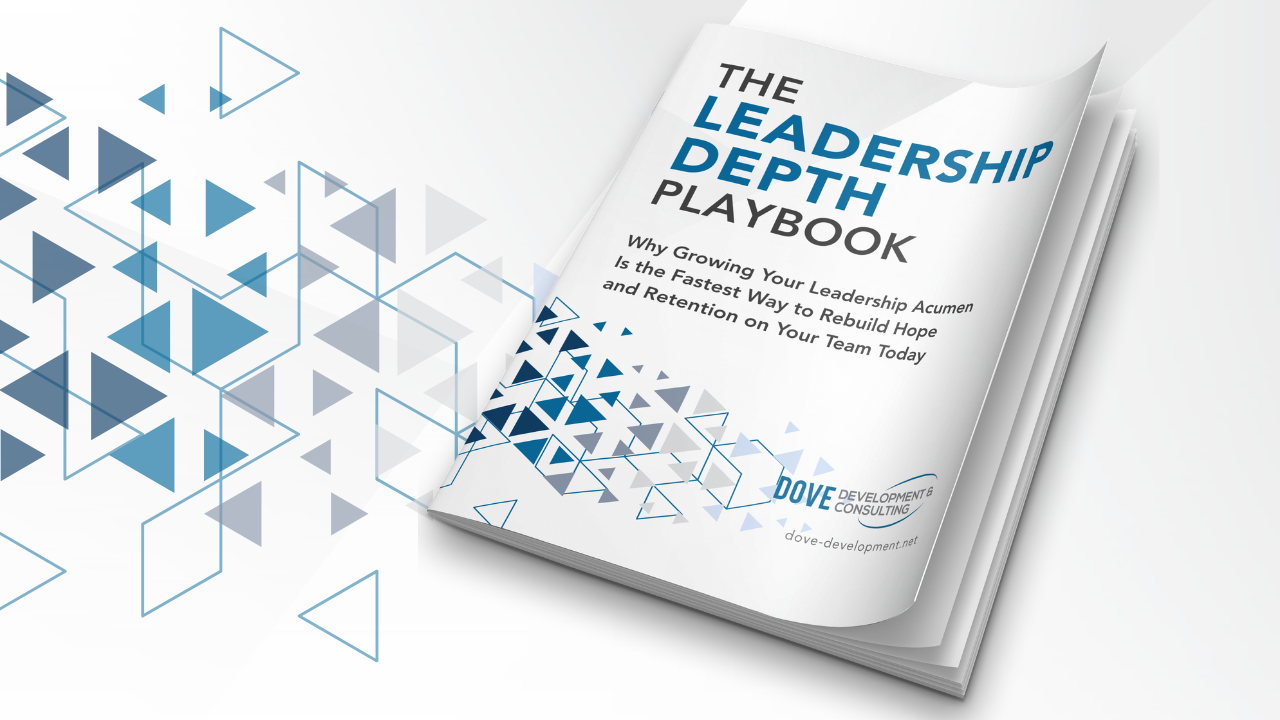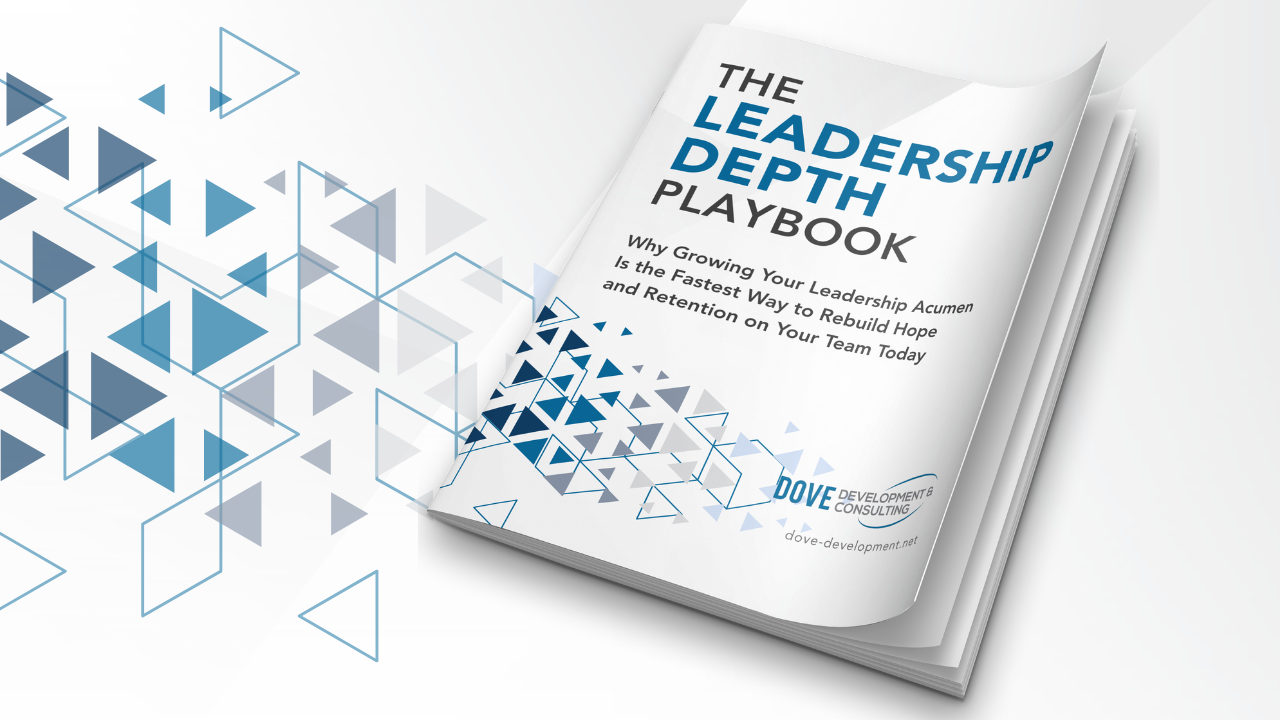Understanding the World Around Us
May 28, 2021
In unpacking the first two components of emotional intelligence, self-awareness and self-management, I referenced the research William Marston did almost 100 years ago as he prepared to write The Emotions of Normal People. Before we dive into the third component, I want you to really think about the complexity involved with reading someone’s emotions. Heck, it’s not always all that easy to keep a firm grip on our own! With that in mind, what was Marston focusing on as he conducted that research?
Nearly twenty-five years ago, during the first training session I ever sat through on a new process called “behavior-based safety” that was being rolled out in the manufacturing facility where I worked, I learned the importance of focusing on behaviors rather than attitudes or emotions. We can OBSERVE behaviors; we can’t always see emotions and attitudes unless someone is exhibiting outwardly through their behaviors!
Having shared that quick history lesson, let’s circle back to Marston… He studied two things primarily to develop that initial book; how people behaved and how they communicated with one another. What we know today as the DISC Model of Human Behavior was built out from this work! He developed a framework for categorizing the primary ways different individuals responded to various situations and communicated with the people around them in those situations. As he did that research, he realized that there were indeed patterns to how things impacted different people’s emotions. He also saw that their behaviors and communication varied based on their emotional state.
In Emotional Intelligence 2.0, Travis Bradberry defines the third component of emotional intelligence, social awareness, as “your ability to accurately pick up on emotions in other people and understand what is really going on with them.” When I first read that, I immediately pictured someone lying on a couch and sharing their innermost feelings… Bradberry went on to say that “this often means perceiving what other people are thinking and feeling even if you do not feel the same way.” Ugh! Based on that alone, I would have called it quits and resigned myself to a life lacking outstanding emotional intelligence skills…
But since I had a decade and a half of experience in behavior-based safety and what I believe to be a pretty firm grasp on Marston’s work, I looked for ways to develop this skill without being a psychiatrist or having a hundred pound brain. I love John Maxwell’s idea of keeping the cookies on the bottom shelf, which he explains as keeping things as simple as possible so people can actually take action on them and get results…
Let’s look at Marston’s work one more time here. When the vast majority of people I talk with hear the term DISC, if they’ve ever heard it before, respond by saying something like “I took a DISC assessment once. I know all about that.” Interestingly enough, Marston never actually created an assessment. Today though, dozens of companies sell assessments that are based on his work; some are incredibly useful and some aren’t worth the paper they’re printed on - but I’ll come back to that another time. The real power in applying the DISC Model of Human Behavior (not to be confused with any given assessment some clown tries to sell) is in understanding a framework we can use in nearly any situation to recognize another person’s primary behavioral style, based on how they’re communicating, and begin to accurately pick up on their emotions in that particular situation!
The most exciting thing to me has been how effective this can be when our team members develop even a basic understanding of how to use those tools. From there, it builds up to the fourth component of emotional intelligence. We’ll look at that next time and we’ll begin working through some simple steps to apply all this right after that!
90-DAY GUIDE: Lead Your Team Through Any Leadership Challenge
Did You Know?
Growing your leadership acumen is the fastest way to equip your team to lead through today's leadership challenges.
We've been equipping leaders like you for decades. We know you do not need another theory. You need a clear starting point and a simple system. This guide gives you both.
Includes a 90-day action plan.
We hate SPAM. We will never sell your information, for any reason.




